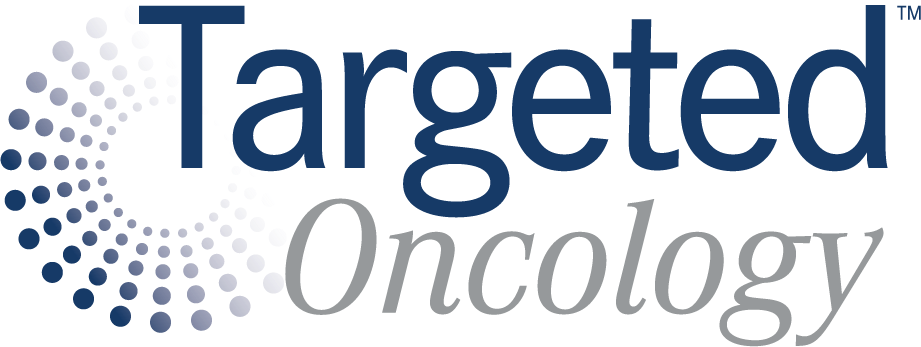Model for MA Plan Reimbursement Needs Second Look
Addressing issues such as congestive heart failure is important to providing safe care to patients with cancer.
vector_master (pattern) / Who is Danny (tablet) / stock.adobe.com

ADDRESSING ISSUES such as congestive heart failure (CHF) is important to providing safe care to patients with cancer. However, I cringe whenever I see a note on a hospital record wanting to know exactly what subtype of CHF, even though I am not a cardiologist and it is usually unimportant for my purposes. I am sure most of you have had a similar experience, whether in the hospital or clinic, with a request to further expand or specify an unrelated comorbidity in some patients. This request is related to a government-directed incentive called risk adjustment factor (RAF). RAF is an actuarial tool to predict costs and forecast trends by acknowledging that patients with more severe illness are more difficult to treat. It is used by Medicare Advantage (MA) plans along with a similar method called the hierarchical condition category (HCC) for value-based programs such as the previous version of the Oncology Care Model (OCM).
Initially, there was concern that MA plans would cherry-pick only the healthiest patients to enroll. To prevent this, CMS set up an incentive for increasing a patient’s RAF score, which resets each year to 1. If you properly coded with supporting documentation of the patients’ comorbid issues, the RAF could be increased. How much Medicare pays MA plans to care for patients depends on the number enrolled and their RAF. During the OCM, an RAF tool called HCC was used to calculate a practice’s trend factor, or how fast costs rose. The goal of each OCM practice was to have their costs fall below the estimated trend factor. One method was to properly code the patients’ comorbid issues so that the trend line would be steeper and the goal would be more easily met.
Recently, MA plans such as those from UnitedHealthcare (UHC) have come under government scrutiny about methods used to increase RAF. In an article appearing in The Wall Street Journal,1 UHC would encourage physicians to code for issues that were often not clinically significant such as senile purpura. Any physician caring for older patients, especially those taking anticoagulation agents, is aware of this issue. It can upset patients because they don’t like how it looks, but it rarely requires intervention. Although UHC has been the most aggressive, all MA plans do this because of the CMS incentives.
When RAF was developed, it was poorly correlated with predicting costs. When determining whether 2 variables are correlated, you calculate the correlation (r) and coefficient of correlation (r2). An r2 that is less than 50% is weakly, if at all, correlated. In the initial RAF models, the r2 was 0.8%, or no correlation.
In a paper updating the model by using HCC, the r2 was 12.46%, suggesting a very weak correlation.2 In the most recent report to the US Congress, the r2 ranged from 11.59% to 18.89%, still suggesting a weak correlation.3
In summary, Medicare recognized that patients with more severe illness may have higher costs than healthy patients and set up an incentive to encourage broad enrollment. It used models that poorly correlate with actual costs but highly correlate with MA plan reimbursement, which then got upset when MA plans tried to maximize this incentive. My goal here is not to defend the actions of MA plans but to shine a light on a flawed program that leads to excess and unnecessary burdens on physicians. I am neither an actuary nor a statistician, but if a model cannot do as intended or lead to better patient care, then it needs to be replaced or eliminated.
REFERENCES
1. Weaver C, Wilde Mathews A, McGinty T. UnitedHealth’s army of doctors helped it collect billions more from Medicare. Wall Street Journal. December 29, 2024. Accessed February 11, 2025. https://www.wsj.com/health/healthcare/ unitedhealth-medicare-payments-doctors-c2a343db
2. Pope GC, Kautter J, Ingber MJ, Freeman S, Sekar R, Newhart C. Evaluation of the CMS-HCC Risk Adjustment Model Final Report. CMS. Accessed February 11, 2025. https://www. cms.gov/medicare/health-plans/medicareadvtgspecratestats/downloads/evaluation_risk_adj_model_2011.pdf
3. Report to Congress: Risk Adjustment in Medicare Advantage. CMS. December 2024. Accessed February 11, 2025. https://www.cms.gov/files/document/report-congress-risk-adjustment-medicare-advantage-december-2024.pdf








